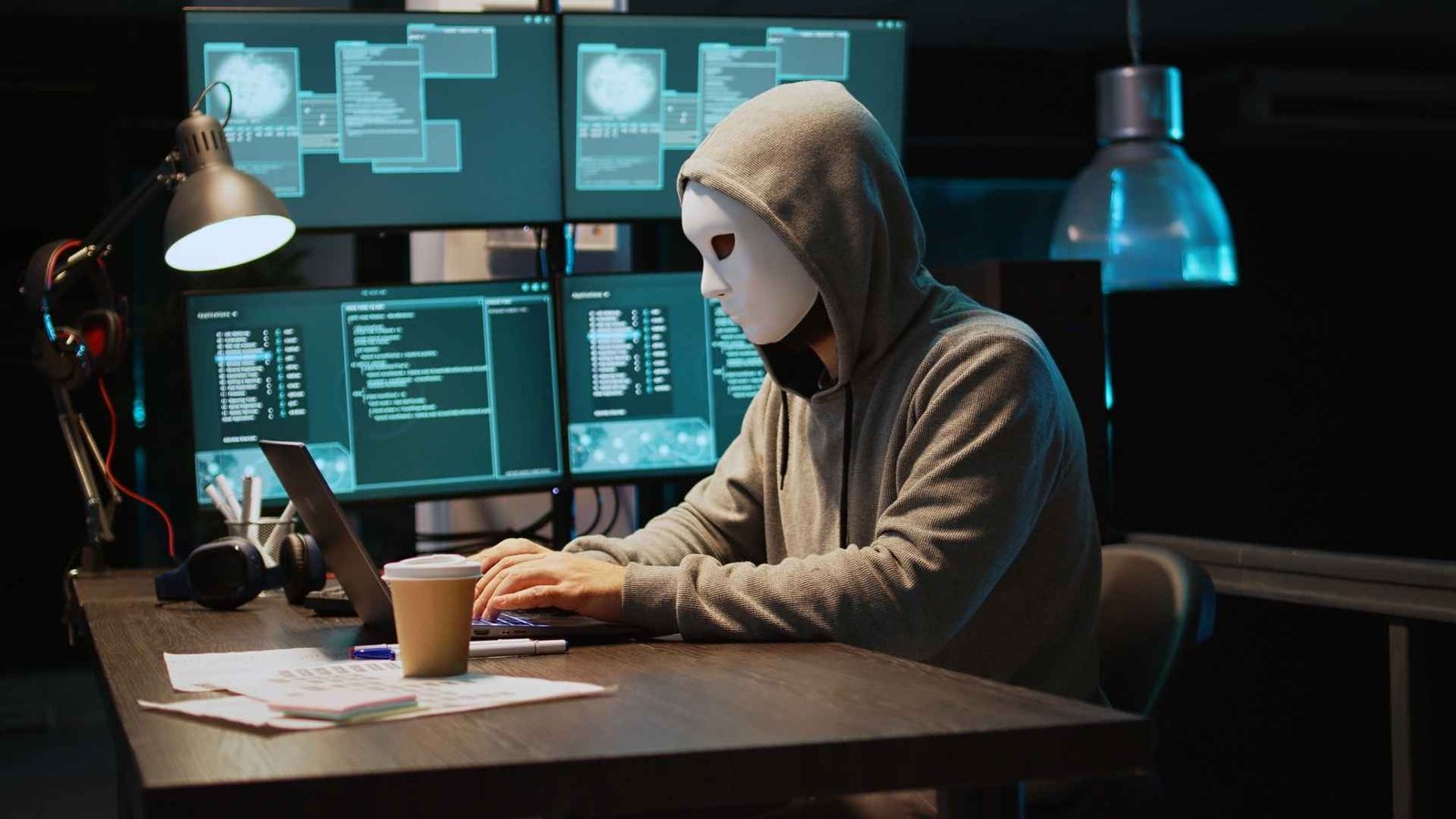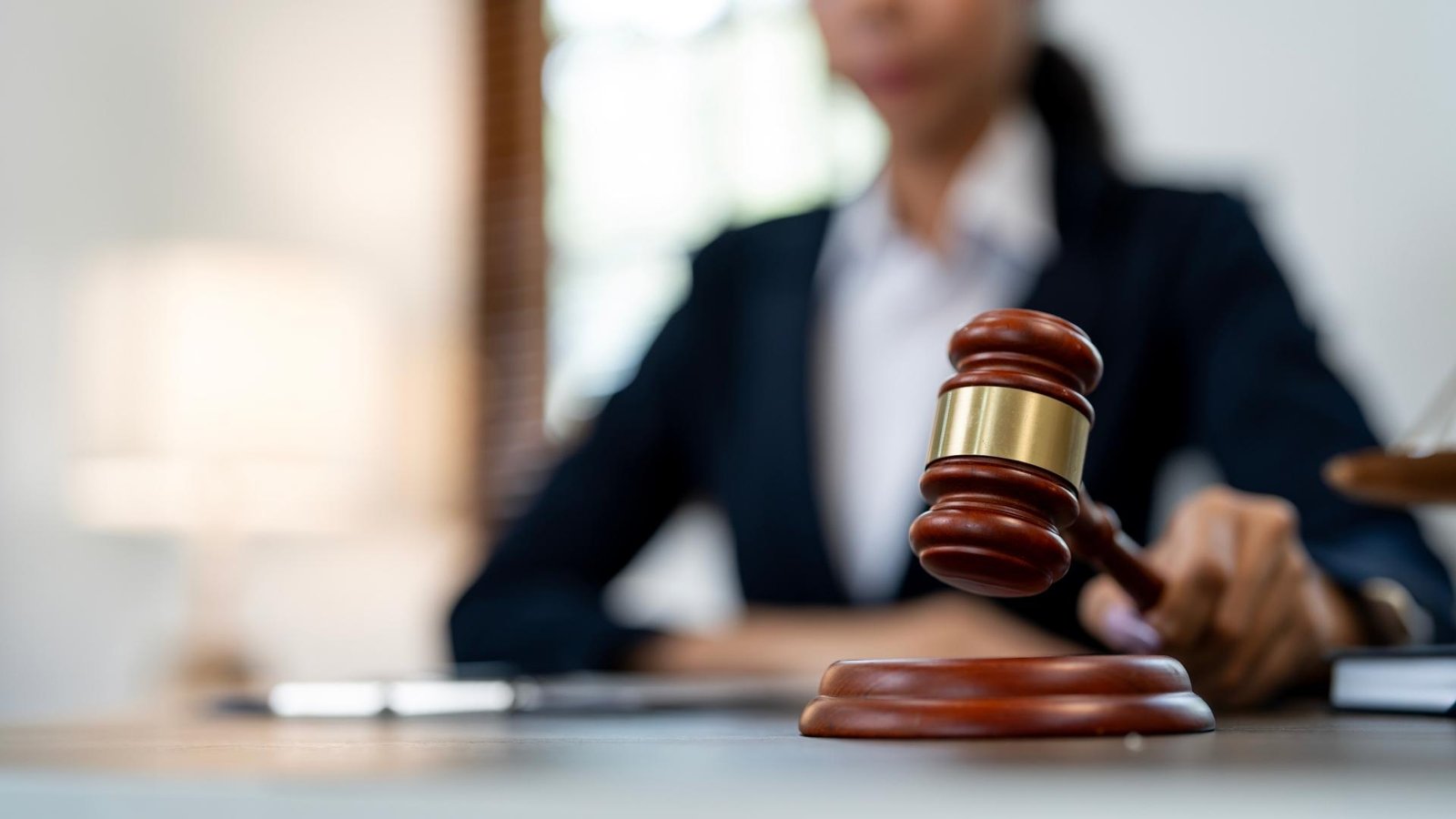On this page you will read detailed information about Prima Facie Evidence.
As a legal professional, you must have a strong grasp of the concepts and procedures related to evidence in court proceedings. One key evidentiary principle is that of prima facie evidence, which refers to evidence that is sufficient to establish a fact or raise a presumption of fact unless rebutted. In your role, fully understanding the implications and applications of prima facie evidence is crucial. This discussion will provide an in-depth exploration of prima facie evidence, including its role in shifting the burden of proof, relationship to other evidentiary standards, and how judges and attorneys utilize it in practice. With a comprehensive understanding of this vital legal principle, you will be better equipped to argue cases, weigh evidence, and make sound rulings from the bench.
What Is Prima Facie Evidence?
Prima facie evidence refers to evidence that is sufficient to establish a fact or raise a presumption of truth unless refuted. At its most basic, prima facie evidence is evidence that, if left unchallenged, would be sufficient to prove a particular proposition or fact. However, prima facie evidence can be rebutted by other evidence.
Legally Sufficient Evidence
In a legal context, prima facie evidence refers to evidence that is sufficient to prove a particular fact or element unless rebutted. Prima facie evidence establishes a legally sufficient evidentiary basis to support a claim or charge. If left unrebutted, prima facie evidence may prove the issue. However, prima facie evidence can be challenged or countered by contrary evidence from the opposing party.
- The proponent of a claim bears the burden of producing prima facie evidence to support their claim. If they fail to produce prima facie evidence, their claim may be dismissed.
- Prima facie evidence establishes a presumption that a particular fact or element is true. The opposing party can then present evidence to rebut that presumption.
- The burden of production then shifts to the opposing party to produce evidence to counter the prima facie evidence. If they fail to do so, the facts established by the prima facie evidence are taken as proven.
In the previous post, we had shared information about What Is Alternative Dispute Resolution? Understanding ADR, so read that post also.
Shifting Burdens of Proof
Prima facie evidence plays an important role in litigation by establishing burdens of proof that shift between parties. When a party produces prima facie evidence of a claim, the burden shifts to the opposing party to produce evidence to counter it. If they cannot, the claim supported by the prima facie evidence will stand. In this way, prima facie evidence operates to test the merits and strength of each party’s case.
The concept of prima facie evidence ensures that claims are not dismissed without cause but are tested through an adversarial legal process. By requiring each party to present evidence to support their position, the truth may emerge. In short, prima facie evidence opens the door to proving a case but does not necessarily prove the case without being challenged.
How Is Prima Facie Evidence Established?
Prima facie evidence refers to evidence that, if unchallenged, would be sufficient to prove a particular proposition or fact. To establish prima facie evidence, the party with the burden of proof must present enough evidence to support a finding in their favor. This evidence creates a presumption in favor of the party presenting it.
Meeting the Evidentiary Threshold
The evidentiary threshold required to establish prima facie evidence depends on the standard of proof that applies. In civil cases, a preponderance of the evidence is required, meaning the evidence must show that a particular fact is more likely than not. In criminal cases, the prosecution must meet the higher standards of clear and convincing evidence or evidence beyond a reasonable doubt, depending on the charge.
To meet the appropriate evidentiary threshold, the party must introduce admissible evidence like witness testimony, documents, photographs, recordings, or other exhibits that directly support the proposition they are trying to prove. For example, to establish prima facie evidence of negligence in a civil lawsuit, the plaintiff may introduce testimony from eyewitnesses, reports from experts, or photographs of the accident scene. The evidence must do more than merely raise speculation or suspicion – it must affirmatively support a finding in the party’s favor.
Overcoming a Presumption
Once prima facie evidence has been established, a presumption arises in favor of the party who presented the evidence. The opposing party then has the opportunity to rebut this presumption by introducing their own evidence to challenge, counter, or undermine the prima facie evidence. If the opposing party fails to present sufficient evidence to overcome the presumption, the trier of fact (judge or jury) may find in favor of the party who established prima facie evidence. However, if the opposing party does present persuasive rebuttal evidence, the presumption is overcome and the trier of fact must weigh all evidence presented by both sides.
Prima facie evidence is a crucial concept in both civil and criminal proceedings. Understanding how it is established and how presumptions can be overcome is important for any party involved in litigation. With thorough evidence and skillful advocacy, prima facie evidence may be decisive – but it is never an absolute guarantee. The truth may still come down to which side presents the most compelling and persuasive case.
The Role of Prima Facie Evidence in Civil vs. Criminal Cases
In both civil and criminal court cases, prima facie evidence plays an important role in initially establishing or supporting a party’s position or claim. However, the standards for and uses of prima facie evidence differ between civil and criminal proceedings.
Civil Cases
In civil lawsuits, prima facie evidence is used to establish a fact or claim on its face, without rebuttal from the opposing party. If the plaintiff is able to present prima facie evidence of the elements of their cause of action, the burden of proof shifts to the defendant to refute the evidence with their own proof. For example, to establish a prima facie case of negligence, the plaintiff must show that the defendant owed them a duty of care, breached that duty, and caused damages as a result. Prima facie evidence of these elements shifts the burden to the defendant to prove otherwise.
Criminal Cases
In criminal trials, prima facie evidence is used by the prosecution to establish probable cause and warrant further investigation or legal action. To charge a defendant with a crime, the prosecution must establish a prima facie case by presenting basic evidence that the defendant had the means, motive, and opportunity to commit the offense. For example, evidence that the defendant’s fingerprints were on the murder weapon, that they stood to gain financially from the victim’s death, and that they were in the vicinity of the crime at the time it occurred may establish a prima facie case for homicide. However, the standard of proof for a criminal conviction is “beyond reasonable doubt”, significantly higher than in civil cases. Prima facie evidence alone is insufficient – the totality of evidence must prove guilt beyond reasonable doubt.
In summary, while prima facie evidence plays an initial role in both civil and criminal legal matters to establish claims or warrant charges, the standards of proof and resulting consequences differ substantially between the two systems. Civil cases have a lower standard of proof and prima facie evidence may shift the burden of proof, whereas criminal cases require evidence that proves guilt beyond reasonable doubt.
When Can Prima Facie Evidence Be Rebutted?
Prima facie evidence presented in court can potentially be rebutted in several circumstances. The opposing party may provide counter evidence that calls the prima facie evidence into question or undermines its credibility and validity. They can also argue that the evidence does not adequately support the point it is attempting to prove.
Counter Evidence
The opposing party may provide additional evidence that contradicts or calls into doubt the prima facie evidence. For example, if a witness provides testimony that establishes prima facie evidence of an event, the opposing party may call other witnesses who testify that the event did not occur as claimed. They may also provide records, documents, photos, videos or other exhibits that contradict the prima facie evidence.
Attacking the Credibility and Reliability
The opposing party can argue that the source of the prima facie evidence is not credible or reliable. They may claim that a witness lacks credibility due to biases, prejudices or character issues. They can also argue that documents, records or other exhibits are unreliable due to errors, omissions or indications of tampering or fraud. By undermining the credibility and reliability of the evidence and its sources, the opposing party can significantly weaken its probative value.
Evidence Does Not Adequately Prove the Point
The opposing party can argue that, even if taken as true, the prima facie evidence does not adequately prove a key fact or element of the case. There are alternative explanations and inferences that can be drawn from the evidence. Additional evidence is needed to confirm the point that the prima facie evidence is attempting to establish. For the evidence to have persuasive force, it must affirmatively prove the proposition, not just make it possible or consistent with it.
By presenting counter evidence, attacking the credibility and reliability of sources, or arguing that the evidence does not sufficiently prove the necessary points, the opposing party can potentially rebut prima facie evidence and weaken its impact on the outcome of the case. The trier of fact must weigh all the evidence presented by both sides in reaching a final determination.
Prima Facie Evidence FAQs: Answering Common Questions
Prima facie evidence refers to evidence that, on its face, supports a claim or fact. Unless it is rebutted, prima facie evidence may be accepted as fact. Here are some common questions and answers about prima facie evidence:
Any evidence that appears to prove a fact can constitute prima facie evidence. This includes documents, testimony, photographs, recordings, and more. Prima facie evidence establishes a presumption that a claim or fact is true. The evidence satisfies the minimum amount needed to make a case.
Prima facie evidence can be rebutted by presenting contradicting evidence that undermines the presumption established by the prima facie evidence. The contradicting evidence must be sufficient to outweigh the prima facie evidence. If rebutted, the prima facie evidence will no longer be presumed as fact.
Prima facie evidence establishes a presumption, but that presumption can be rebutted. Conclusive evidence, on the other hand, decisively proves a fact. It cannot be rebutted or disputed. Prima facie evidence satisfies the minimum threshold, while conclusive evidence removes all reasonable doubt.
Prima facie evidence is used in both civil and criminal legal proceedings. It allows a party to establish a presumption in their favor which shifts the burden of proof to the other party. If the other party cannot provide rebutting evidence, the prima facie evidence will stand as fact for the purposes of the proceeding. Prima facie evidence is often used early in legal proceedings to determine if there are grounds to move forward.
To summarize, prima facie evidence establishes a presumption that can be accepted as fact unless and until sufficient contradictory evidence is presented to undermine that presumption. It represents the minimum amount of evidence needed to make a case or support a claim in legal proceedings.
Conclusion
In summary, understanding prima facie evidence and its role in legal proceedings is key for any party or witness. Appreciating how this evidence can establish facts provisionally unless contradicted or rebutted is vital. With this comprehension, you can build and present your own case judiciously, or scrutinize the arguments and proof presented by others. Utilizing prima facie evidence appropriately within the boundaries of procedural law and rules of evidence allows truth to emerge efficiently. Equipped with this discernment, you can now engage actively, contribute meaningfully and assist the proceedings seeking fair and impartial justice.
Disclaimer
The information and services on this website are not intended to and shall not be used as legal advice. You should consult a Legal Professional for any legal or solicited advice. While we have good faith and our own independent research to every information listed on the website and do our best to ensure that the data provided is accurate. However, we do not guarantee the information provided is accurate and make no representation or warranty of any kind, express or implied, regarding the accuracy, adequacy, validity, reliability, availability, or completeness of any information on the Site. UNDER NO CIRCUMSTANCES SHALL WE HAVE ANY LIABILITY TO YOU FOR ANY LOSS OR DAMAGE OF ANY KIND INCURRED AS A RESULT OR RELIANCE ON ANY INFORMATION PROVIDED ON THE SITE. YOUR USE OF THE SITE AND YOUR RELIANCE ON ANY INFORMATION ON THE SITE IS SOLELY AT YOUR OWN RISK. Comments on this website are the sole responsibility of their writers so the accuracy, completeness, veracity, honesty, factuality and politeness of comments are not guaranteed.
So friends, today we talked about Prima Facie Evidence, hope you liked our post.
If you liked the information about Prima Facie Evidence, then definitely share this article with your friends.
Knowing about laws can make you feel super smart ! If you find value in the content you may consider joining our not for profit Legal Community ! You can ask unlimited questions on WhatsApp and get answers. You can DM or send your name & number to 8208309918 on WhatsApp








